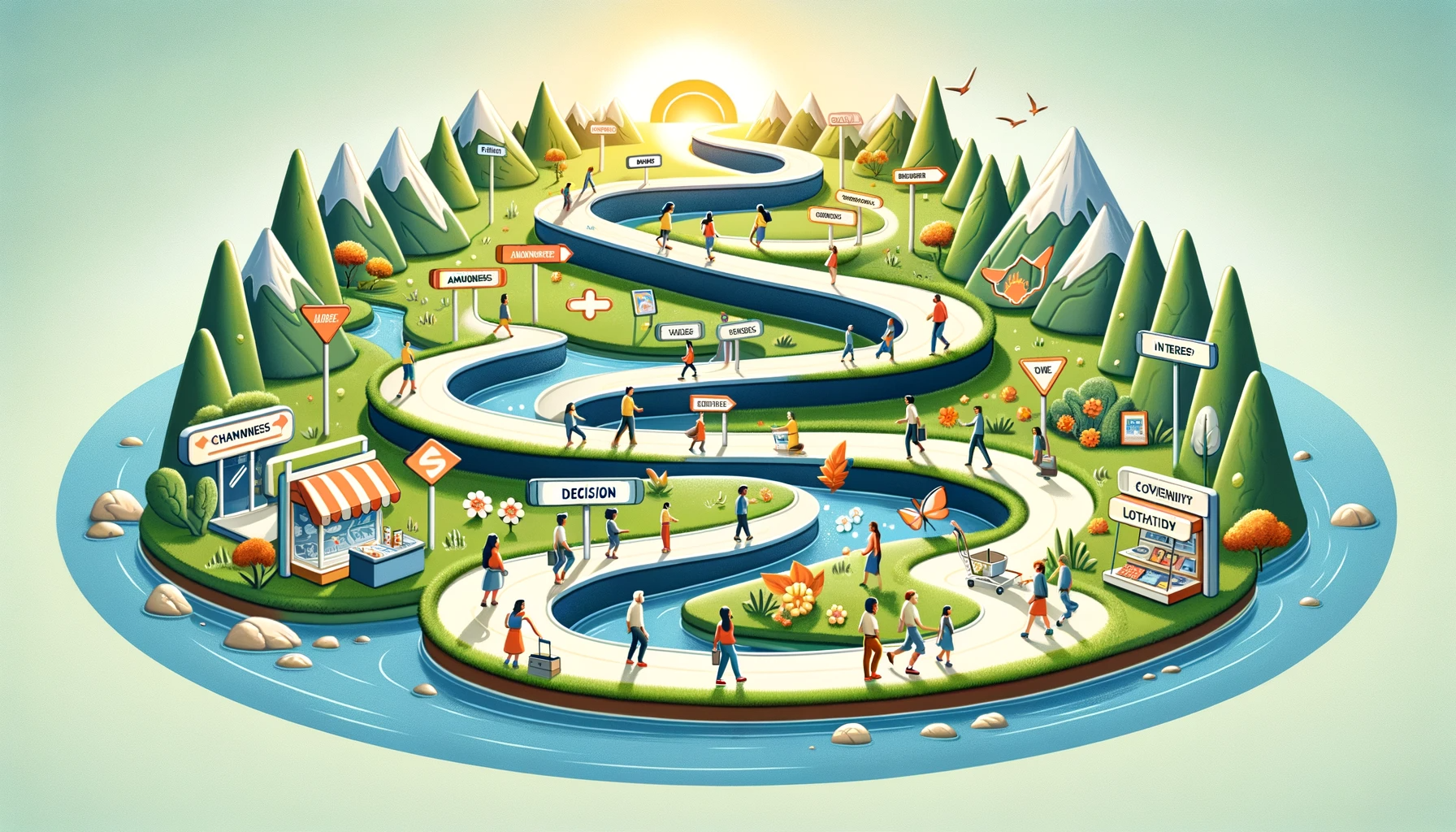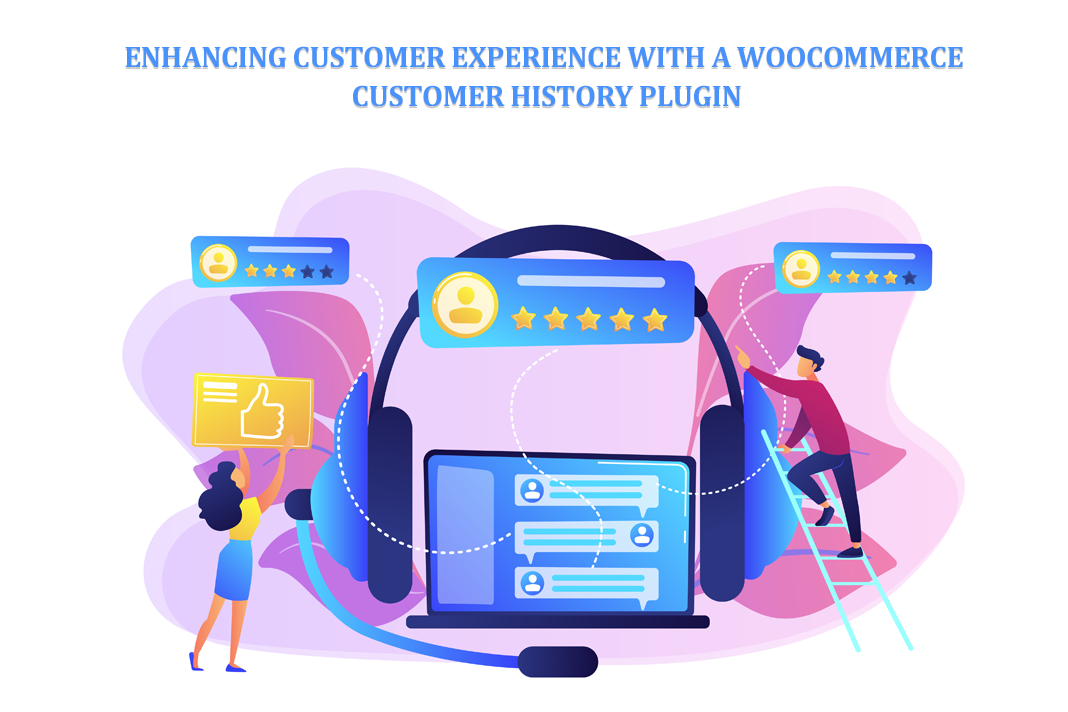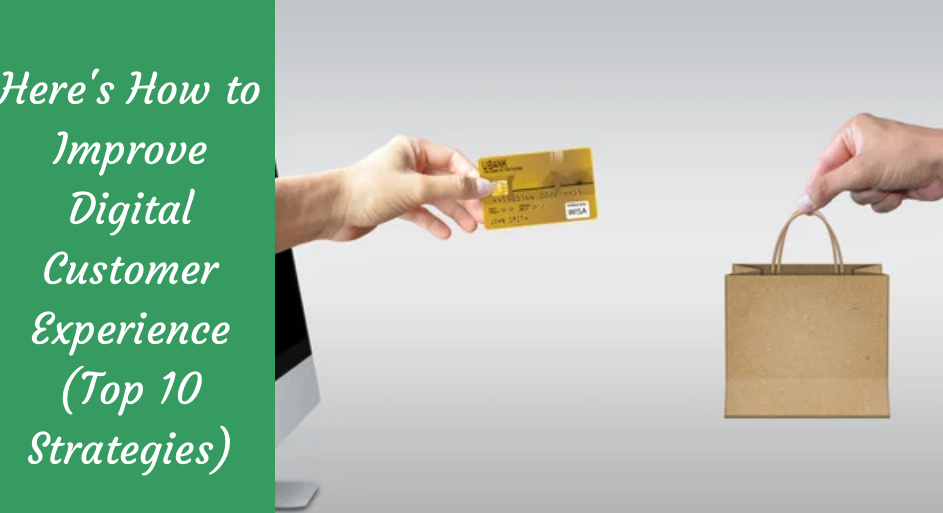How to Make your Site More User-Friendly
February 14, 2024
7 Ways CX Helps Companies Win and Retain Customers
February 6, 2024
Mastering Website Experiments for Maximum Success
February 6, 2024
Here’s How to Improve Digital Customer Experience (Top 10 Strategies)
September 19, 2022
A Tech Guide to Elevating Your Customer Experience
July 26, 2022
4 Ways To Innovate Digital Customer Experience
March 28, 2022









